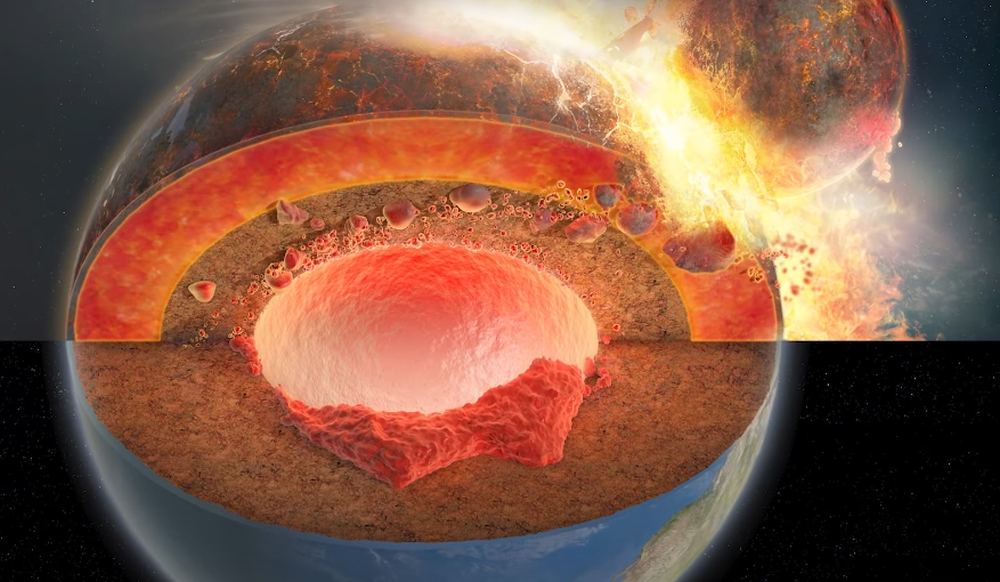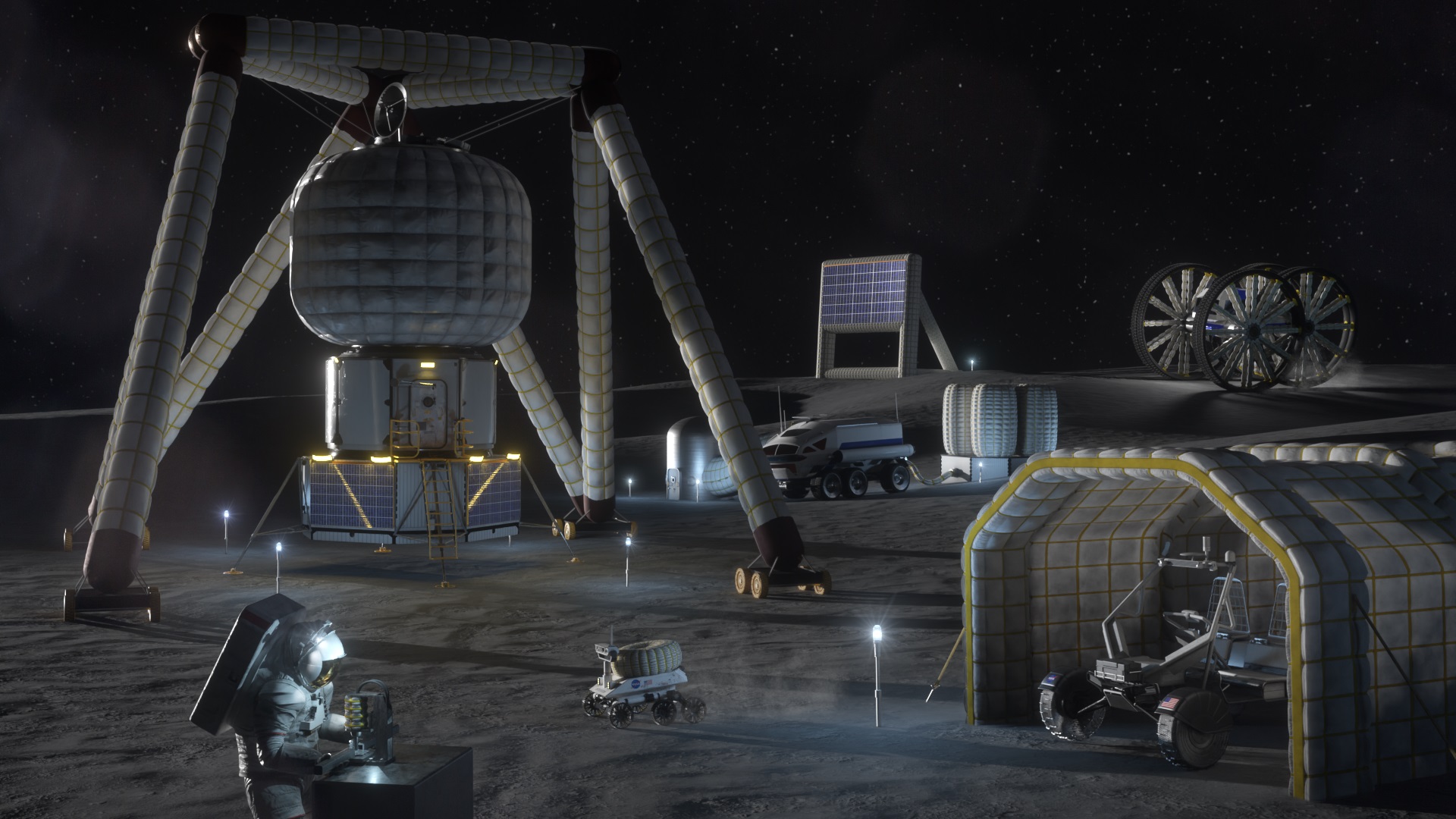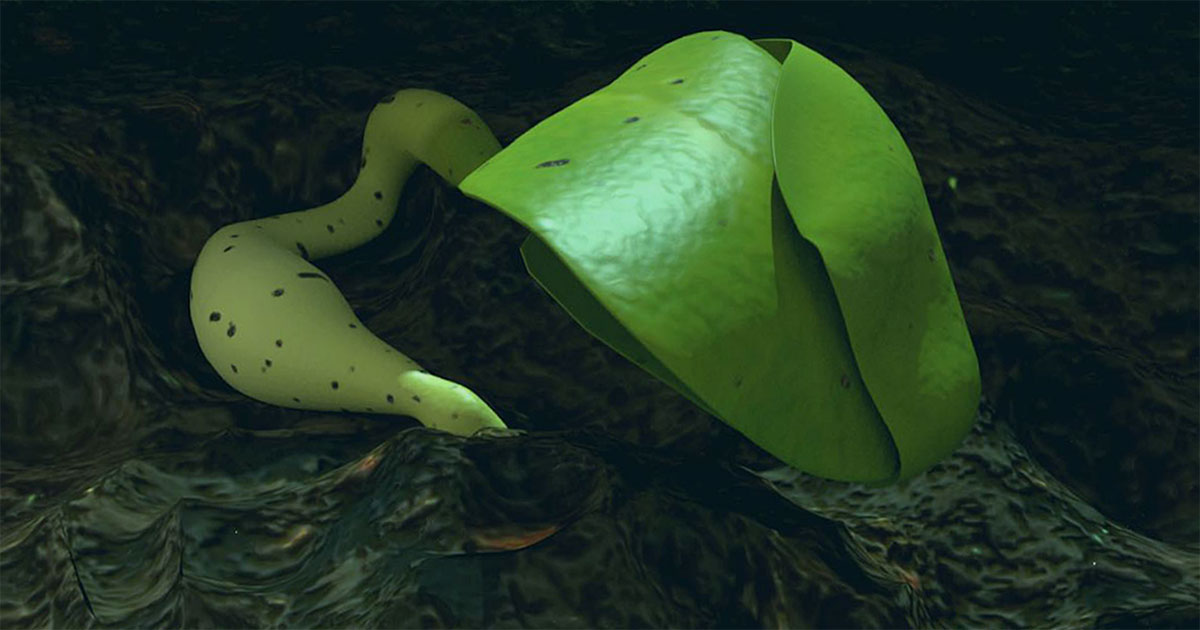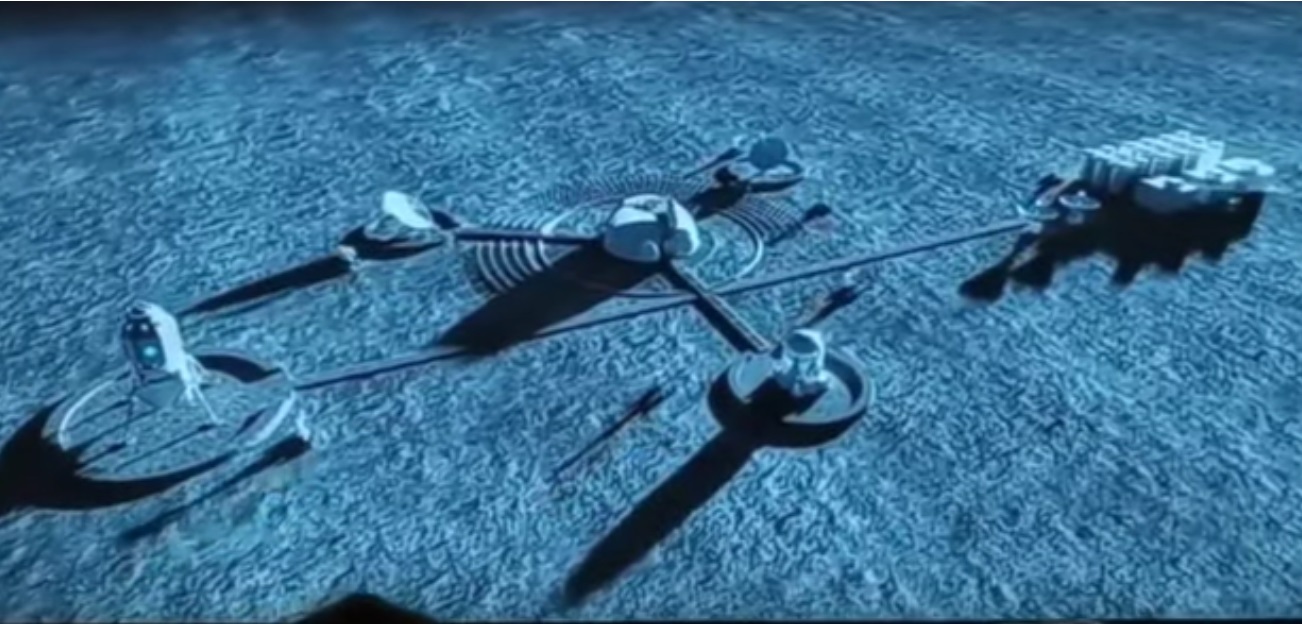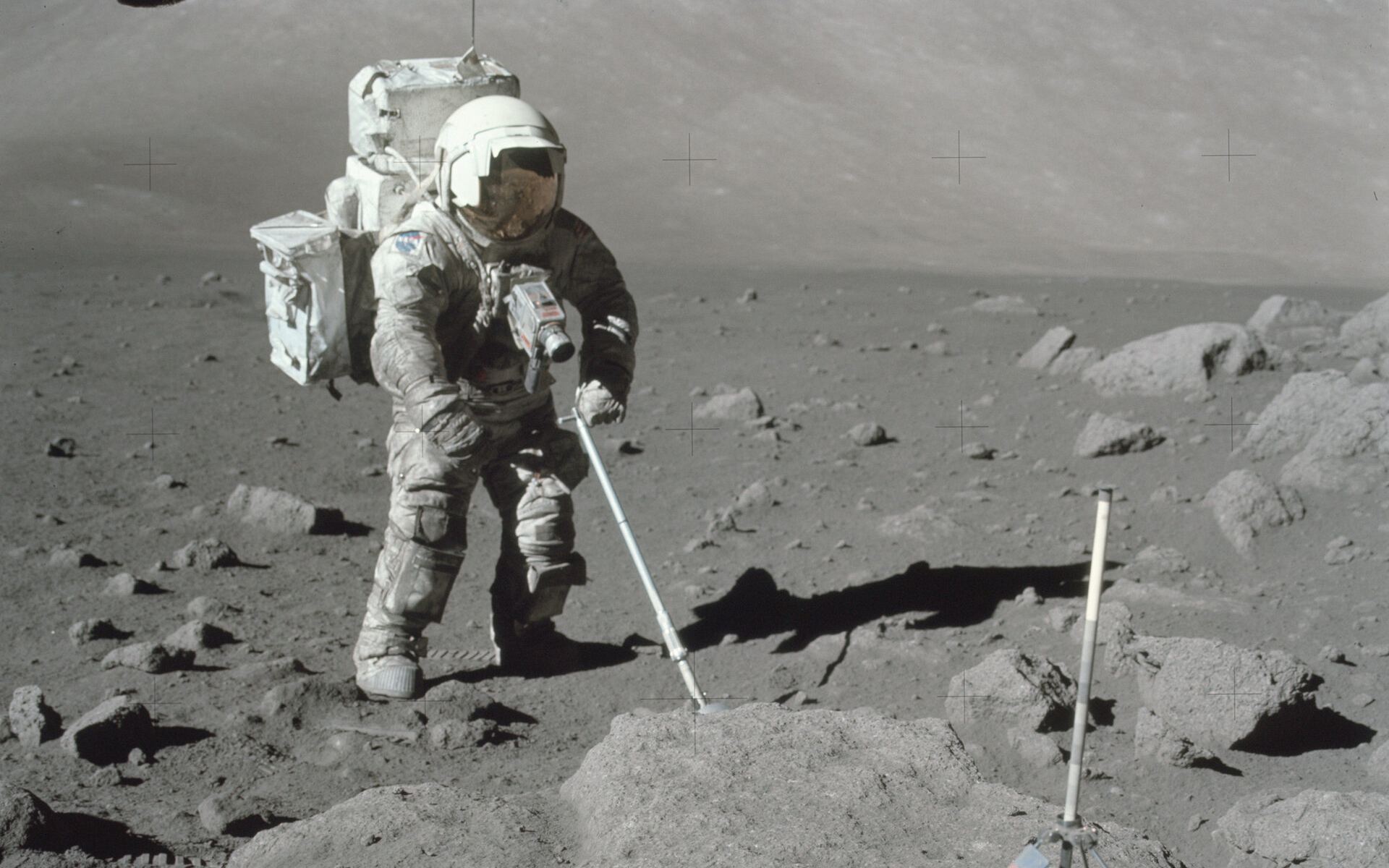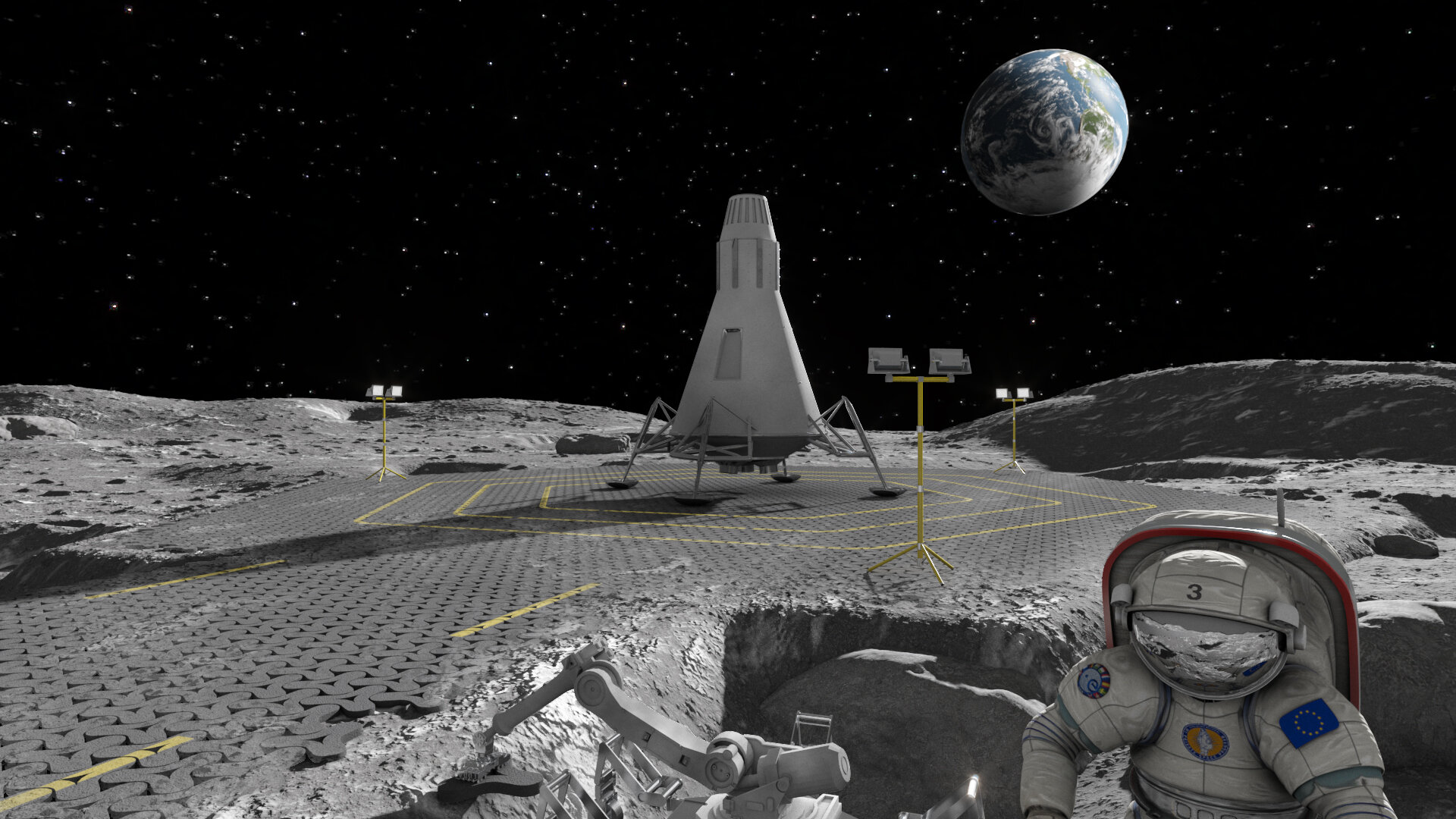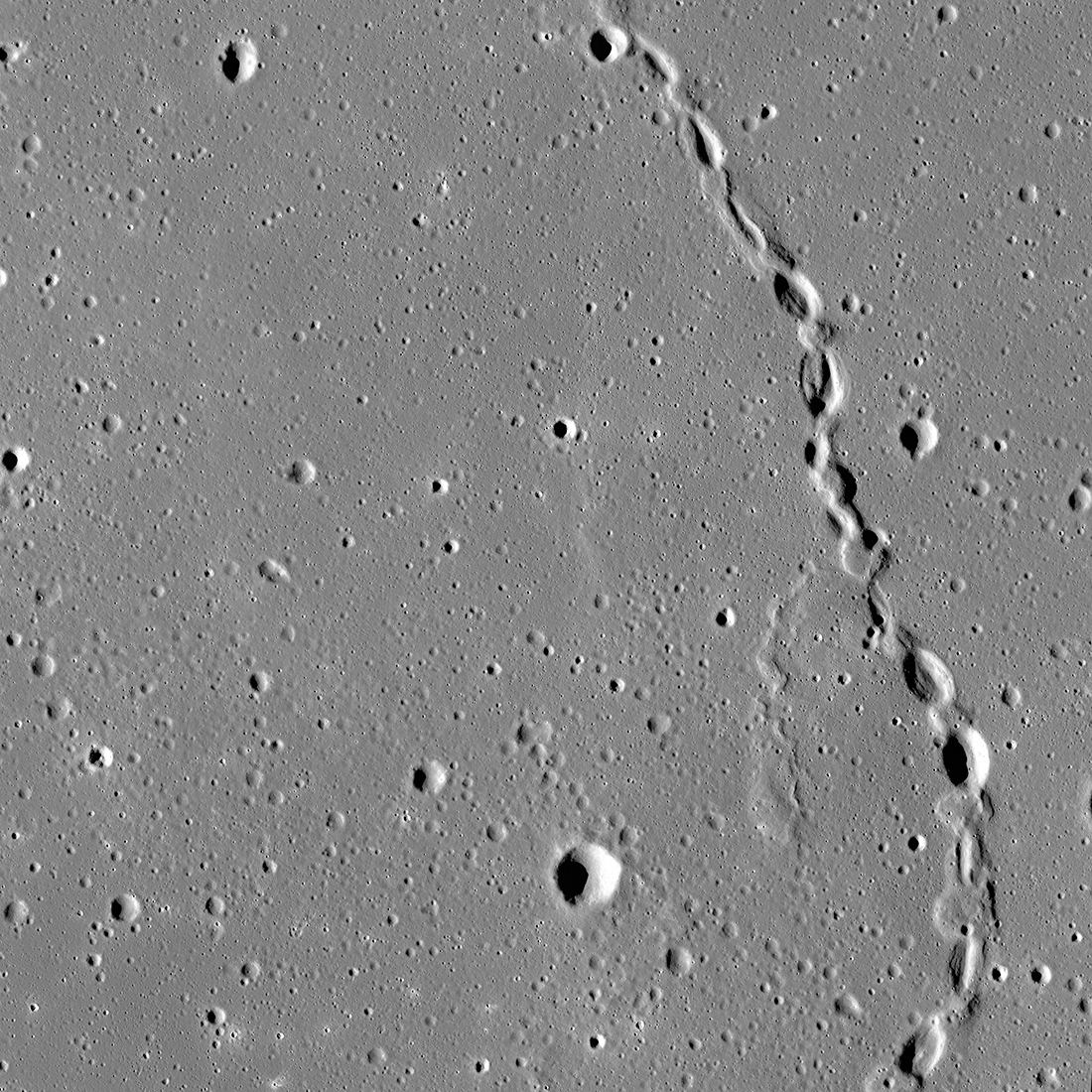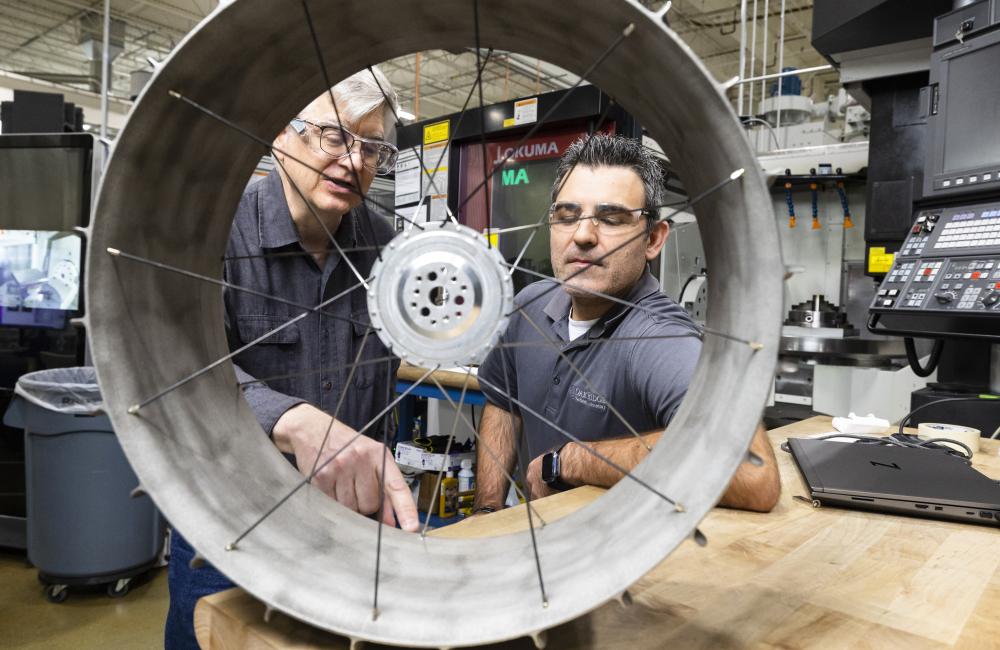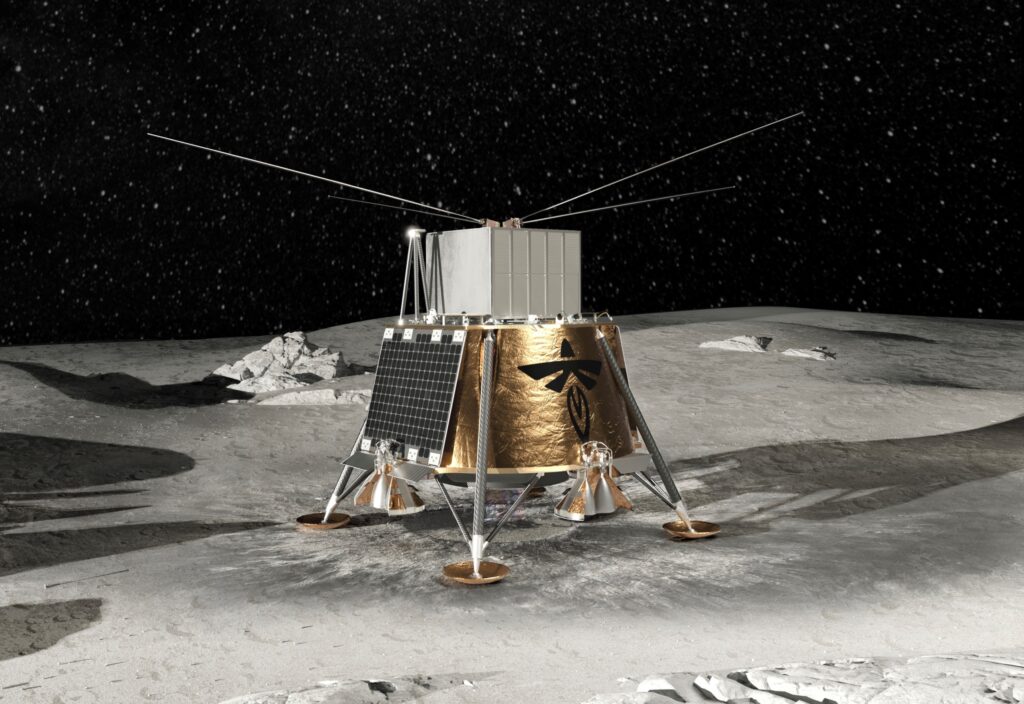Earth’s early history is marked by massive collisions with other objects, including planetesimals. One of the defining events in our planet’s history, the formation of the Moon, likely resulted from one of these catastrophic collisions when a Mars-sized protoplanet crashed into Earth. That’s the Giant Impact Hypothesis, and it explains how the collision produced a torus of debris rotating around the Earth that eventually coalesced into our only natural satellite.
New research strengthens the idea that Theia left some of its remains inside Earth.
Continue reading “Earth is Hiding Another Planet Deep Inside”
